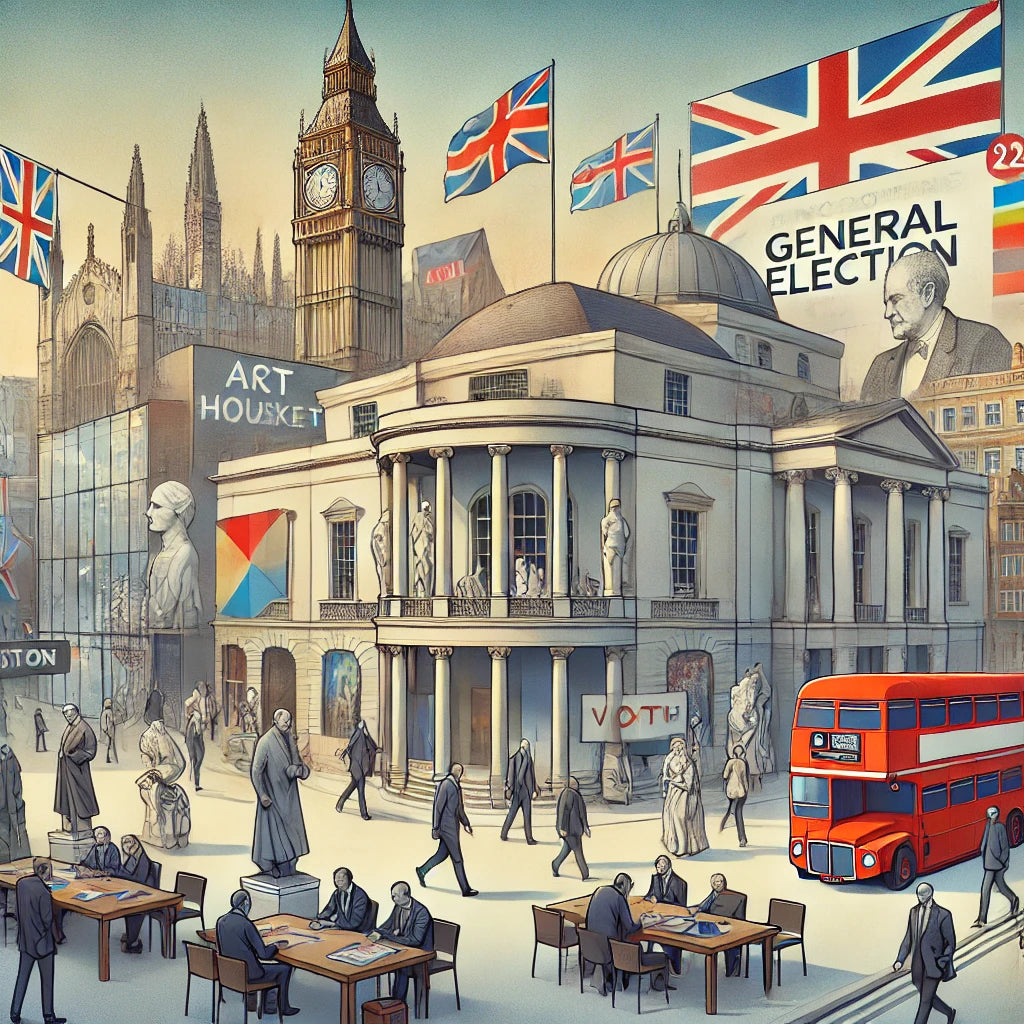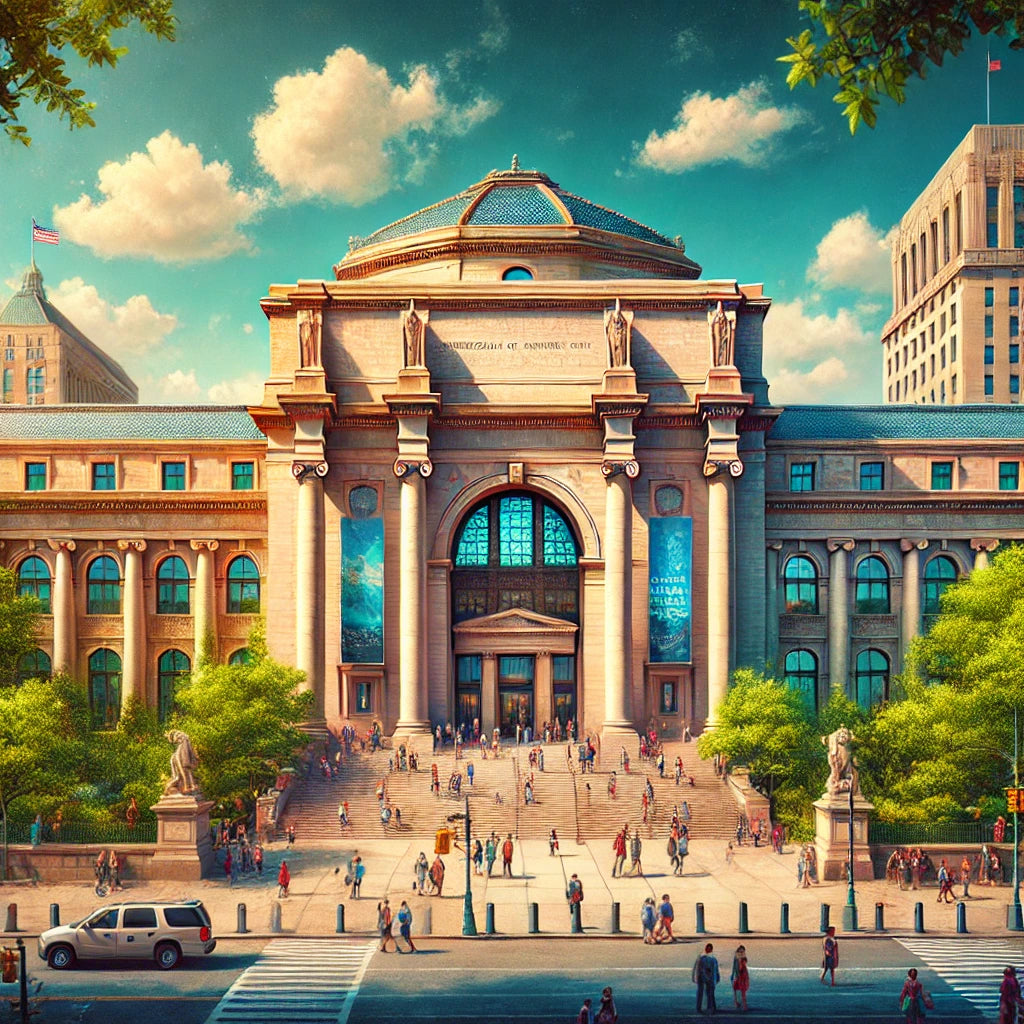Introduction
Traditional Indian art forms are a testament to the rich cultural heritage of India. These art forms are deeply rooted in history, reflecting the diverse traditions, rituals, and beliefs of various regions across the country.
1. Madhubani Painting
Originating from Bihar, Madhubani paintings are characterized by intricate patterns and vibrant colors. They depict mythological themes and natural elements like flora and fauna. Traditionally, these paintings were done on walls during festivals and special occasions.
2. Warli Art
Warli art, from Maharashtra, is a tribal art form that uses simple geometric shapes to portray daily life and social events. The monochromatic paintings often depict scenes of farming, hunting, and dancing, symbolizing the harmony between humans and nature.
3. Pattachitra
This ancient art form from Odisha and West Bengal involves intricate paintings on cloth or dried palm leaves. Pattachitra is known for its mythological narratives and detailed workmanship, often illustrating stories from the Mahabharata and Ramayana.
4. Tanjore Painting
Hailing from Tamil Nadu, Tanjore paintings are renowned for their rich colors, surface richness, and compact composition. These paintings typically depict Hindu gods and goddesses, adorned with gold foil and semi-precious stones.
5. Miniature Paintings
Originating from the royal courts of Rajasthan and Mughal empires, miniature paintings are small yet highly detailed. These paintings often depict court scenes, battles, and legends, using fine brushwork and vibrant colors.
Cultural Impact
These traditional art forms are not just aesthetic expressions but also convey historical narratives, cultural values, and social customs. They have been passed down through generations, preserving the cultural identity and heritage of India.
Revival and Preservation
In recent years, there has been a renewed interest in traditional Indian art forms. Efforts are being made to preserve these art forms through exhibitions, workshops, and online platforms, ensuring that they continue to thrive in the modern era.
Explore latest collection of original art: https://crafttatva.com/collections
Conclusion
Traditional Indian art forms hold immense cultural significance, reflecting the rich history and diversity of India. They are a vital part of the country's cultural legacy, deserving appreciation and preservation for future generations.







